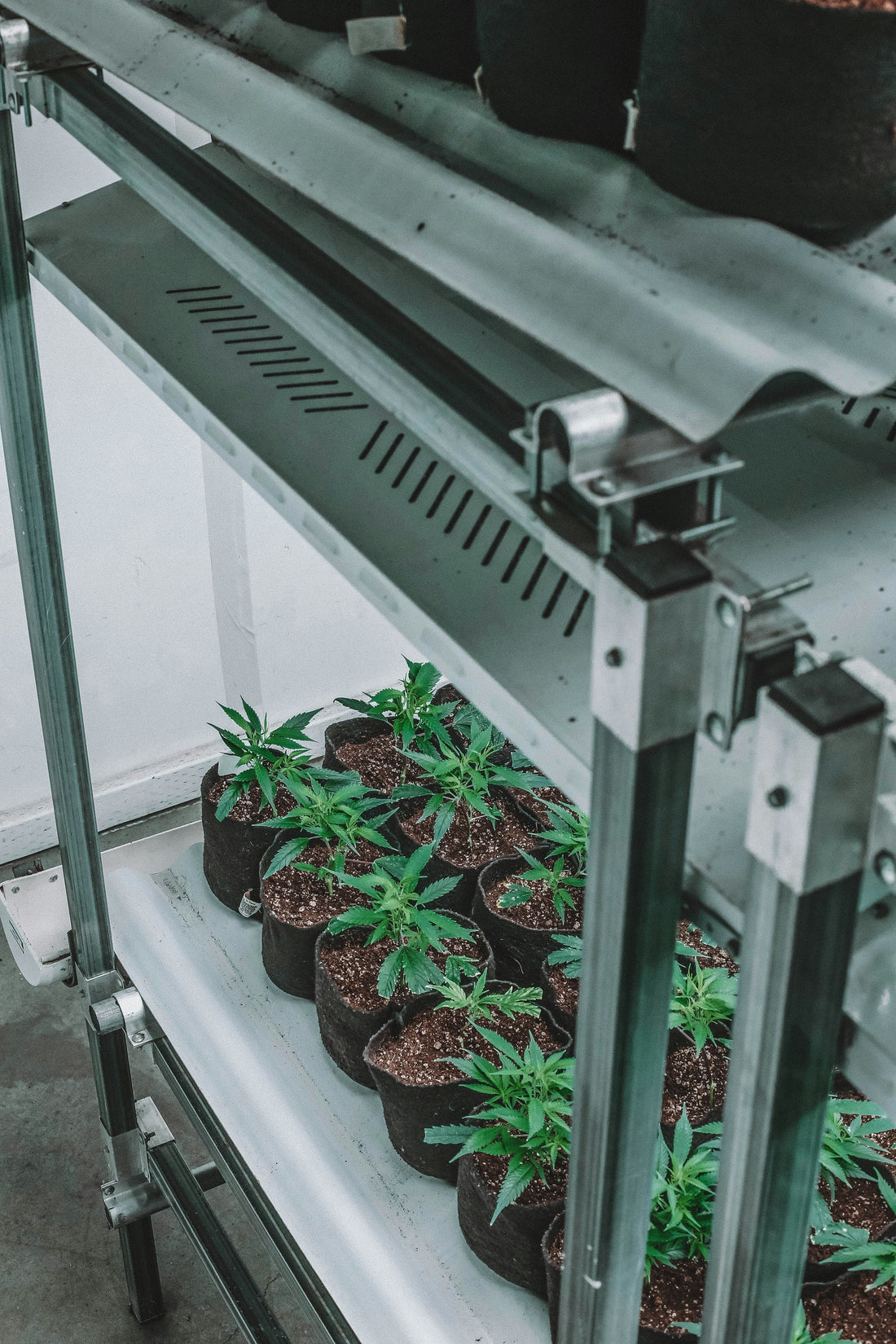
How to Choose the Best Grow Light for Tent Setups (2025 Guide)
Growing indoors? Your grow light for tent is the most critical piece of equipment—it replaces the sun light and directly impacts your yields, bud density, and potency. But with so many options, how do you pick the right wattage, spectrum, and coverage for your tent size?
In this guide, we’ll point out:
✔ The ideal wattage per tent size (2x2, 3x3, 4x4, 5x5)
✔ Key features to look for in a grow light
✔ Top LED recommendations for maximum yields
Let’s dive in!
1. Matching Grow Light Wattage to Tent Size
The golden rule for LED grow lights is 30-50 watts per square foot of canopy space. Here’s a quick breakdown:
| Tent Size | Recommended Wattage (LED) | Coverage | Best Light Type |
|---|---|---|---|
| 2x2 ft (4 sq ft) | 100-200W | Full cycle (seed to harvest) | Compact LED (e.g., TheOneGrow MA1200) |
| 3x3 ft (9 sq ft) | 250-400W | High-yield flowering | Compact LED (e.g., TheOneGrow MA2000) |
| 4x4 ft (16 sq ft) | 500-650W | Commercial-grade output | High-PAR LED (e.g.,TheOneGrow OC 800) |
| 5x5 ft (25 sq ft) | 750-1000W | Large-scale grows | High-PAR LED (e.g.,TheOneGrow OC 800/OC 1000) |
⚠ Note:
HID (HPS/MH) growers need ~50% more wattage than LEDs for similar results.
Fluorescents are only suitable for small veg tents (not flowering).
2. What Makes a Great Grow Light for Tent Growing?
Not all grow lights are equal. The best LED grow light for tent setups should have:
✅ Full-Spectrum Lighting – Mimics sunlight for all growth stages (blue for veg, red for flowering).
✅ High PAR/PPFD Output – Ensures deep canopy penetration for dense buds.
✅ Low Heat Emission – Prevents heat stress in enclosed spaces.
✅ Dimmable Function – Adjust brightness for seedlings vs. flowering.
✅ Quality Drivers& Quality LEDs – Longer lifespan & stable performance.
Of course, these are the most concerning indicators from the perspective of the growers, but why is there such a big price difference for lights that look quite similar? There are several more specialized pieces of knowledge that can help you assess the quality and safety of the lights!
- The heat dissipation of lighting fixtures is mainly related to the thickness of the heat sinks and the aluminum content, which is why all high-power plant lights are so heavy! Poor heat dissipation in LED fixtures can affect the lifespan of the chips, which in turn affects the lifespan of the lighting fixtures.
- The number of LEDs. LED chips have rated power and actual power; if the chips operate for a long time close to or above their rated power, it can also affect the lifespan of the fixtures. Moreover, fixtures with the same power do not necessarily use the same number of LEDs; those with a related higher number of LEDs naturally have better lifespan and operating performance.
- LED power supply. For LED fixtures, the power supply is a very important part of quality. Some grow light fixtures may use non-isolated power supplies. Fixtures using such power supplies are inexpensive but carry a certain level of danger. For high-power appliances, the power supply is also a component that often experiences failures. TheOneGrow guarantees that we never use non-isolated power supplies for our products and promptly replace any faulty power supply (improper usage not include), providing timely and reassuring service to our customers.
❌ Avoid:
Blurple LEDs (outdated, weak yields)
Overheating HIDs (require extra cooling)
Underpowered lights (leggy plants, low yields)
Final Tips for Maximizing Yields in a Grow Tent
🔸 Hang height matters! Keep LEDs 12-24" from canopy (adjust as plants grow).
🔸 Use a PAR meter (or manufacturer’s PPFD map) to avoid light burn.
🔸 Add side lighting (grow light tubes) or under canopy lighting for thicker lower buds in tall tents.
🔸 Ventilate properly—even LEDs need airflow to prevent humidity issues.
Looking for more grow tent kits? visit our web→TheOneGrow Grow Tent Kits
🌿 Happy growing, and may your buds be dense! 🌿
